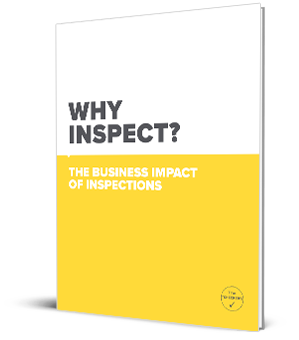Ensuring workplace safety is a prime concern for businesses across various sectors. Safety protocols protect employees, help maintain productivity, and reduce downtime due to accidents or equipment failures. Checklist inspection books are vital tools that can significantly improve workplace safety standards. Here's how.
Structured Approach to Hazard Identification
Safety checklist books deliver a strategic and systematic technique for identifying potential hazards within the workplace. Each checklist targets specific areas and operations, ensuring that everything is noticed. These lists range from equipment inspections to procedural checks, offering a comprehensive overview of possible risks.
By following a structured checklist, employees can adhere to a step-by-step process of evaluating critical factors such as the integrity of machinery, the correct use of personal protective equipment (PPE), and the implementation of emergency procedures. This systematic approach makes it much easier to spot discrepancies that could lead to unsafe working environments. Moreover, checklist inspection books are tailored to meet industry standards, ensuring compliance with legal regulations and best practices.
Ensuring Compliance and Consistency
One of the primary advantages of utilizing checklist inspection books is their role in promoting consistency. They establish a standard from which employees can consistently measure safety protocols, ensuring that every check is thorough and up to par with the predetermined standards. This uniformity is crucial not only to maintaining but also to improving workplace safety.
Checklist books also aid in documenting compliance with safety regulations. This documentation can be essential during safety audits and provide legal defence. Consistent use of thorough and accurate checklists proves a company's commitment to upholding safety standards, which can benefit reputation, insurance, and avoiding penalties.
Cultivating a Safety-Conscious Culture
Routine inspections and the regular use of checklists naturally instill a culture focused on safety. Employees become more aware and proactive about potential hazards and take responsibility for their safety. This accountability is the backbone of a safety-conscious culture.
Moreover, checklists encourage everyone's engagement in safety-related activities. Workers actively involved in inspections and safety evaluations are more likely to commit to a safer work environment. Checklists also foster open communication regarding safety concerns and potentially hazardous conditions, prompting quicker resolutions and continuous improvement.
In conclusion, checklist inspection books are not just collections of checks; they are an integral part of a system designed to uphold, manage, and enhance workplace safety. Through a structured approach to hazard identification, they ensure that no stone is left unturned in pursuing a risk-free environment. They set a standard for compliance and consistency, and most importantly, they nurture a safety-first culture within organizations, which invariably indicates a successful and conscientious business.











